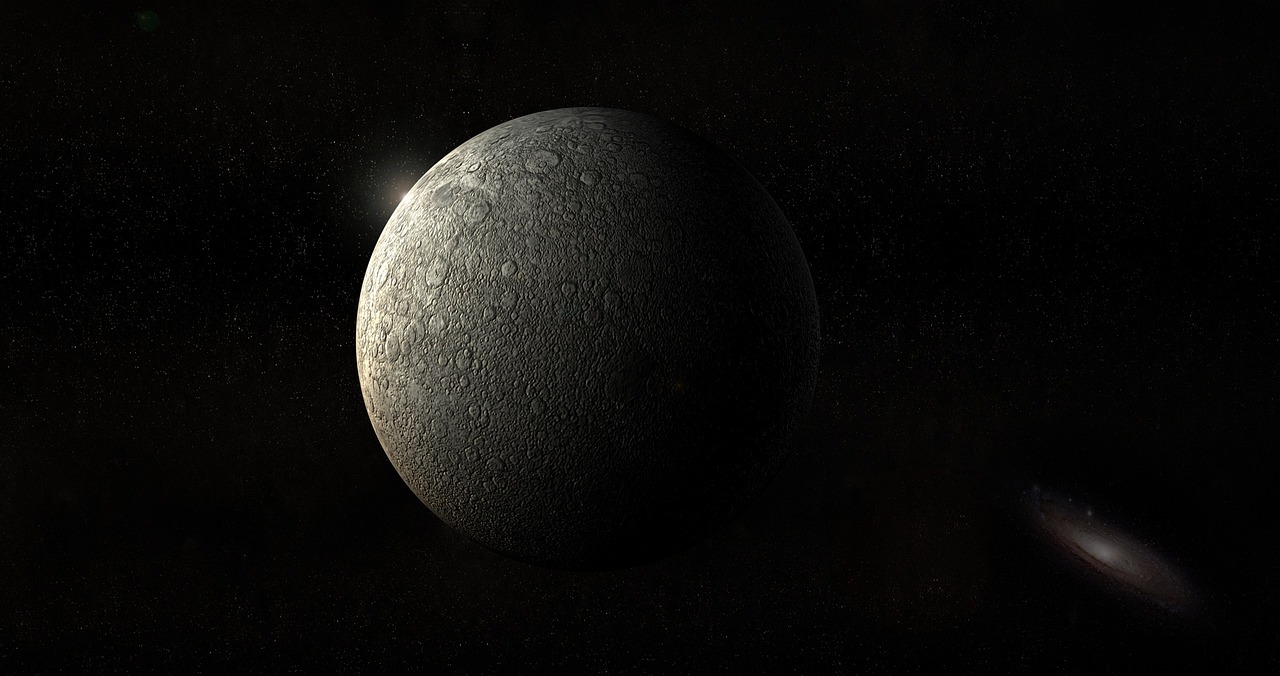Andromeda: The Princess of Greek Mythology and Her Celestial Legacy
Andromeda, a prominent figure in Greek mythology, is known as the daughter of Cepheus, the king of Aethiopia, and his consort, Cassiopeia. The tale most associated with her is that of her rescue by the valiant hero Perseus, who thwarted the demands of a sea monster by saving her from imminent sacrifice. Following her salvation, Andromeda and Perseus married and together had a large family.
In addition to her mythological significance, Andromeda is also the name of a well-known constellation in the night sky, which houses the Andromeda Galaxy—the nearest large galaxy to our own Milky Way.
Family Background
Andromeda’s lineage includes her parents, Cassiopeia and Cepheus. Some accounts suggest that Cepheus ruled over Joppa, now part of present-day Israel. After her rescue by Perseus, they wed and bore multiple children, including two daughters and seven sons, among whom were Perses (recognized as the founder of Persia), Helios, Alcaios, Mestor, Electryon, Sthenelos, and Cynurus, along with their daughters Autochthe and Gorgophone.
The Dramatic Rescue
Perseus vowed to rescue Andromeda, but only if she would become his bride. This pledge came after Andromeda’s mother, Queen Cassiopeia, made the egotistical claim that she and her daughter surpassed the beauty of the Nereids, sea nymphs. This insolence incited Poseidon’s wrath, who unleashed the monstrous Cetus and floods upon Aethiopia as punishment. According to the Oracle of Ammon, the only way to save the land was to sacrifice Andromeda. Consequently, she was stripped of her clothes, save for some jewels, and chained to a rock as a sacrifice to the creature.
While soaring over the coast of Aethiopia (or Philistia, in certain narratives) on his winged sandals, Perseus spotted the chained Andromeda. Struck by her ethereal beauty, he was instantly captivated.
“O sweet girl, what is your name and land?” he queried. Initially silent from modesty, Andromeda’s tear-filled eyes revealed her emotions as she shared her identity and cited her mother’s error in boasting about her looks.
Perseus Confronts the Beast
Just then, a dreadful roar echoed as Cetus arose from the depths of the sea, causing Andromeda to scream in terror. Her parents, seeing her plight, rushed to the shore, enveloped in fear and distress. Perseus introduced himself and offered to liberate her, and after some negotiation, Cepheus and Cassiopeia consented to Perseus’ terms, promising royal rewards if he succeeded.
As Perseus soared above Cetus, the sea monster was startled by his shadow. Seizing the opportunity, he swooped down and struck the beast’s back. Utilizing his aerial agility, he evaded Cetus’ deadly jaws, ultimately defeating the creature with either cunning assaults or by employing the terrifying gaze of Medusa’s head. The crowd, witnessing this valiant act from Mount Olympus and the shore, erupted in cheers. Cepheus and Cassiopeia hailed Perseus as their daughter’s savior.
A Grand Union
In appreciation for Andromeda’s safety, Perseus constructed altars and offered sacrifices to Zeus, Hermes, and Athena. He gracefully declined additional rewards from Andromeda’s parents, content with her hand in marriage as his only prize. The couple’s wedding was a grand affair, adorned with garlands and scented torches, where Perseus regaled guests with tales of his triumphs.
However, the festivities were disrupted when Phineus, the jealous brother of Cepheus, contested that Andromeda was rightfully his, leading to conflict at the banquet. Dopting the fury of their argument, Cepheus defended Perseus, expressing that he had saved his daughter from certain doom.
“Why did you not rescue her yourself?” he countered, igniting Phineus’s rage further. Driven by emotion, Phineus hurled a spear, spurring a violent clash where Athena intervened to aid Perseus while Andromeda stood resolutely at his side. Ultimately, Perseus brandished Medusa’s head, leading Phineus and his allies to beg for clemency, which Perseus denied, turning them to stone.
Subsequent Adventures
Conflicting accounts describe that Cassiopeia warned Phineus of Perseus and Andromeda’s union, ultimately siding with Phineus, yet they received a similar fate when Perseus employed Medusa’s power against them. After the skirmish, Andromeda and Perseus returned to his hometown, Seriphos, and then journeyed to Argos, where an accidental death led Perseus to ascend to the throne, later exchanging dominions with Megapenthes.
The couple settled in Mycenae, where they had multiple offspring, including the notable Perses, known for establishing the Persian lineage.
Alternate Versions of The Tale
In a variation chronicled by the Greek mythographer Conon, Andromeda is abducted by Phineus under her father’s secretive design to ensure she wed Phoenix. Upon seeing Andromeda held captive, Perseus fought valiantly to rescue her and ultimately married her, reaffirming his heroic status.
The Andromeda Constellation
After her demise, the deities immortalized Andromeda alongside Perseus and her parents in the starry realm. The Andromeda constellation contains nine notable stars, housed within the Andromeda Galaxy—the nearest significant galaxy observable without telescope assistance, particularly clear during northern November nights.
Careful observation of this constellation enables one to visualize Andromeda in a sprawling form, centrally located between Pegasus and Perseus constellations. The most luminous star, Alpheratz, symbolizes Andromeda’s head, while Mirach and Almach outline her other bodily features.
Although the historical discovery of the Andromeda Galaxy remains ambiguous, the constellation itself has been referenced since antiquity, including in renowned works by astronomers like Ptolemy and al-Sufi, who described it in vivid detail.
Cultural Impact
Andromeda’s story has influenced countless narratives in contemporary culture, establishing the archetypal story of a courageous hero saving a damsel in distress, a theme prevalent in diverse media including Disney classics like Snow White and Sleeping Beauty, as well as the cinematic The Princess Bride.
Artistic endeavors have also celebrated her tale, with notable works by Renaissance figures such as Titian and Rubens depicting her dramatic salvation. Vasari’s piece on Andromeda’s rescue decorates the Palazzo Vecchio in Florence, capturing Ovid’s narrative as Perseus successfully liberates Andromeda from her chains.



